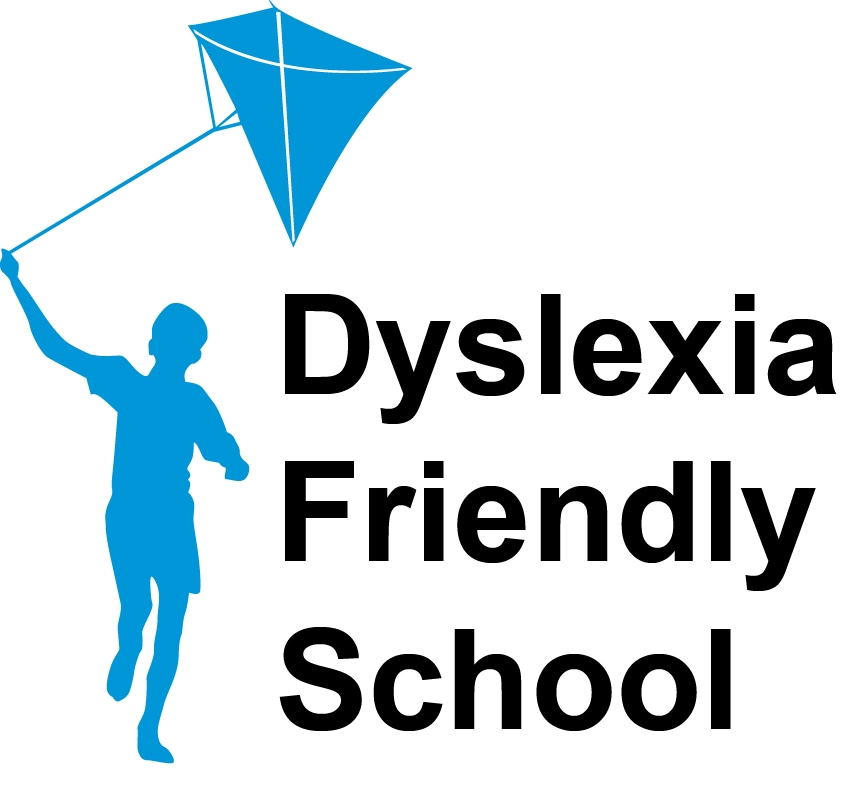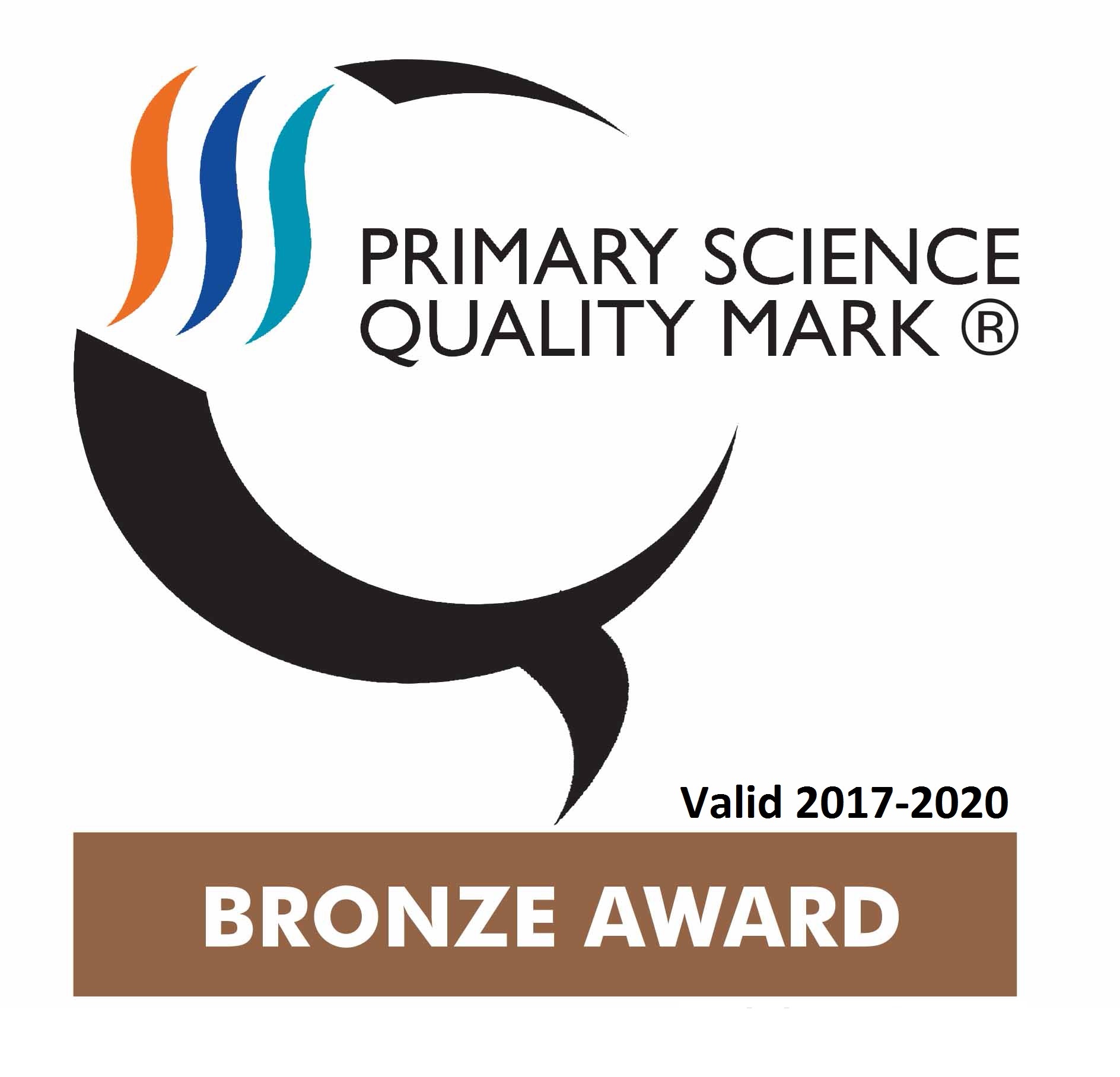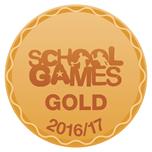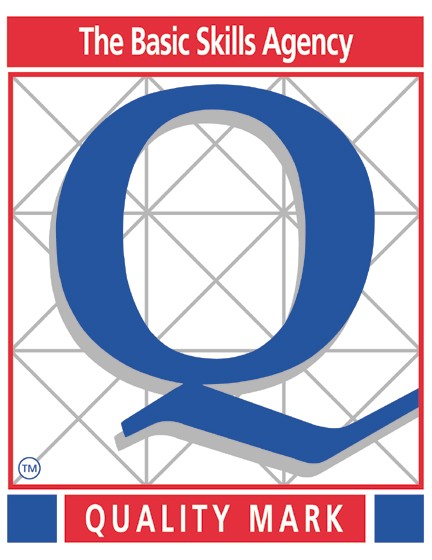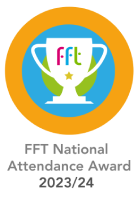OUR NEWSLETTERS
KEEP UP TO DATE

We recognise the importance and the joy of teaching reading. On the following page we hope to outline our approach to reading, but you may also wish to have a look at the English page. We have broken this page into three broad sections:
Intent: the knowledge and skills that pupils will gain
Implementation: how the curriculum developed or adopted by the school is taught
Impact: the outcomes that pupils achieve as a result of the education they have received
Curriculum Vision Statement:
'By the time children leave Navigation they will be learners who have developed excellence in English skills in order to equip them to understand the world and have the crucial foundations to access all other areas of learning.'
.jpg)
Intent:
Our curriculum vision statement outlines our broad goals for reading, whereas our whole school curriculum progression map gives a detailed breakdown of what each year group is taught. There is also an overview of the different units of work that each year group covers. Go to the bottom of the page and you can open these documents and take a look.
Implementation - reading at Navigation:
The curriculum is delivered in a variety of ways that best suit the needs and stages of our children’s development. Here are some of the principle approaches taken to promote proficiency and pleasure in reading:
Phonics:
Navigation Primary School is committed to the teaching of reading. We use ‘phonics first’ as an approach and all classes in EYFS (nursery and reception) and Year One follow the Essential Letters and Sounds scheme of systematic phonics teaching.
Phonics is taught daily in all EYFS and Year One classes. In this session, children will be taught to recognise sounds and letter names as well as be given time to practise blending words together to read them and segmenting words into their individual sounds to support their writing.
In Year 2 the children will embed their phonics skills and move on to look at the functional use of grammar and vocabulary.
As children develop as readers they begin to use a whole range of strategies in addition to their phonics. The information below hopes to explain to you the different ways in which we ensure children at Navigation Primary School grow into confident and motivated readers.
Guided Reading:
This is an instructional approach that involves the teacher working with the whole class or with a group of children at a similar reading level. The text chosen will offer more challenge than a home reader, but it is not too difficult for children to read with some fluency. Children read aloud and, in most instances, the teacher prompts, encourages and supports with comprehension. i.e. can the children answer questions about what they have read? In Key Stage Two they will look at reading the text and understanding any unfamiliar words then answer a range of questions with the following different focuses:
Library and reading areas:
We seek to promote reading by our use of space. We are very fortunate to have a beautiful school library where children can come and enjoy a book. Classes have dedicated times in which they can go and get cosy with a good book and they are also able to access the library during break times and lunchtime.

Each class across the school has a class library for children to use and enjoy. Books are changed with the children’s interests and/or when they begin a new topic in the classroom. The books are also age-appropriate in terms of difficulty and content and are diverse in terms of their appeal to children and the characters that they feature.
Cross-curricular reading:
In all areas of the curriculum, reading is utilised to help with learning and the enjoyment and appreciation of books is modeled to children.
Home reading books:
Home readers are changed once a week in EYFS and can be from a wide range of texts from varying reading schemes. Some examples of these are Oxford Reading Tree and Big Cats. Some are decodable readers, some are not.
In Key Stage 1, books may be changed more frequently as the children become more confident readers. These books are chosen to enable the child to read fluently in order to build upon what has been learned at school. Home readers are designed to be for enjoyment and for children to show off their reading skills at home.
In Key Stage 2, children transition to 'free readers,' which means they come off the reading scheme and can choose their own books. However, it should be noted that all children (whether on a scheme or not) have the opportunity to choose a book from the library. These are purely for enjoyment and can be shared or looked at independently. Although the children may not recognise all the words, they should be encouraged to spot the words they do recognise. We encourage the children to read a range of genres and text types from a variety of authors. Please ensure that the children's reading records are completed, so that we can keep track of their books.
We also encourage children to visit the local library and book shops, encourage them to read a magazine or newspaper, look at words all around the environment and allow children to read them to you.
Promoting a love of reading:
Throughout all our lessons and in all our year groups, we promote a love of reading and poetry. However, there are some specific approaches we use to help. At the end of the day, teachers will read a class novel to the children. These will change over the course of the year and are displayed throughout the school.
In reception through continuous provision children have access to and share books. In KS1 children enjoy 'Bookflix time,' which is a time during which children do different reading activities, promote and discuss what they are reading and make recommendations to other children. In KS2 this is done through a range of activities throughout the year.
For some children who find reading challenging, we have an additional range of books that have reading at an accessible level but content more suited to older children. This is to ensure that all children can sustain and develop their progress and interest in reading as well as their self-esteem. Many of these books have coloured pages to help those with dyslexic tendencies. We are a dyslexia-friendly school and ensure that as much text as possible is not white on black for example, on displays or on the interactive TVs at the front of the class.
Periodically, we top up the class reading areas and the central library to ensure that there are a range of books on offer to cater to all ages and interests. In order to ensure that all children are represented in the books they read and that our books are reflective of our community and show diversity.
Our whole school library uses Libresoft. This enables children to browse our catalogue of books, reserve and write reviews for others to read. We also hold year group parent events throughout the year.
We also have events such as World Book Day, which is held annually in March, and celebrates reading. The whole day is dedicated to promoting a love of reading with lots of exciting activities throughout the school.
Every term, a book prize is awarded to children who have demonstrated great effort and promotes reading in whole-school assemblies and shows children that books are literally and figuratively something to be prized.
Impact:
Each subject is driven forward by members of staff who monitors the attainment and progress of our children. We do this in a variety of ways including speaking to children, looking at their learning in their books, observing lessons and using data gathered from our school’s assessment system. This analysis can then be used to provide support and resources where needed to maintain high standards across all subjects.
For younger children, judgments are primarily informed by teacher assessment. For the older children, teacher assessment is also supplemented by reading assessments that inform teachers of the children's current progress and their next steps. This information is used to inform lesson planning and to help ensure the children continue to make progress. Reception complete baseline assessments within the first 4-6 weeks of autumn term, Year 1 undertake a national phonics check. Years 6 do national exams. In all of these assessments Navigation gains results higher than local and national averages.
We also make sure of an approach called L'explore. This helps us to pinpoint the reading development needs of our children who are working below age related expectations and/or are SEND. Twice a year the children are assessed using a program that tracks the pupils' eye movements. This gives us a whole range of data points about the children and their ability to decode and comprehend. We then use this to cross-moderate with other assessments, plan their next steps and ensure that if they are on a reading scheme that their books are sufficiently challenging.
Hawarden Road
Altrincham
Cheshire
WA14 1NG
0161 912 5937
admin@navigationprimary.com
